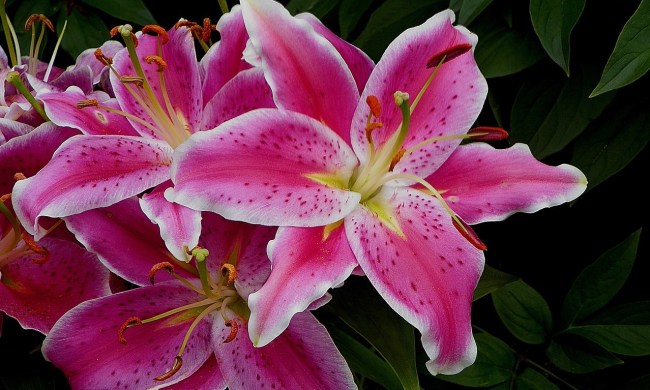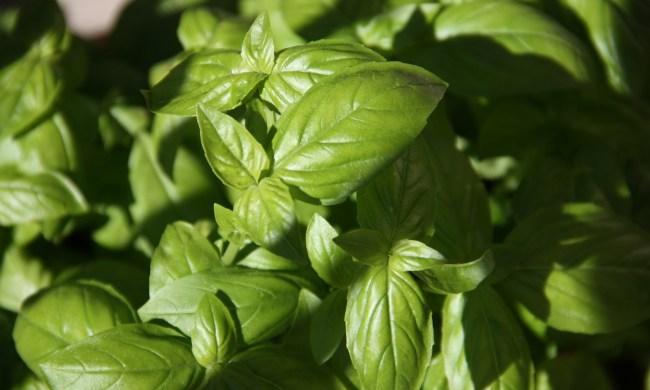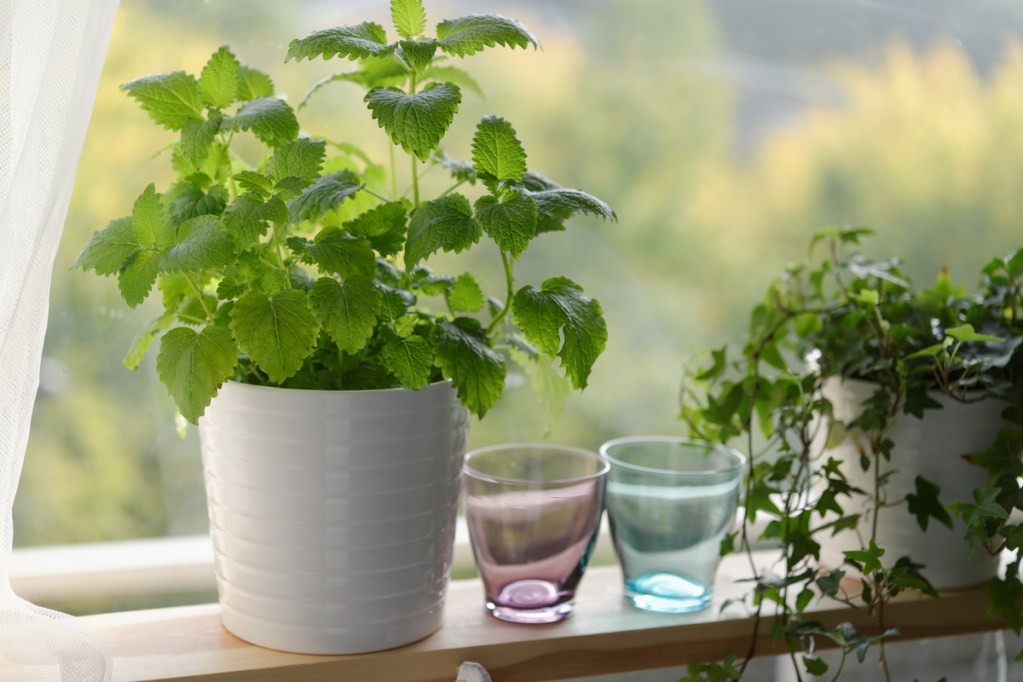
Mint is a phenomenal herb, useful for entrees, desserts, drinks, and even some home remedies. If you’re looking to add mint to your indoor kitchen garden, you may be wondering about the different methods you can use, and which one is right for you. Well, look no further! Let us show you how to grow mint indoors, and let us give you all the answers to all your minty fresh questions!
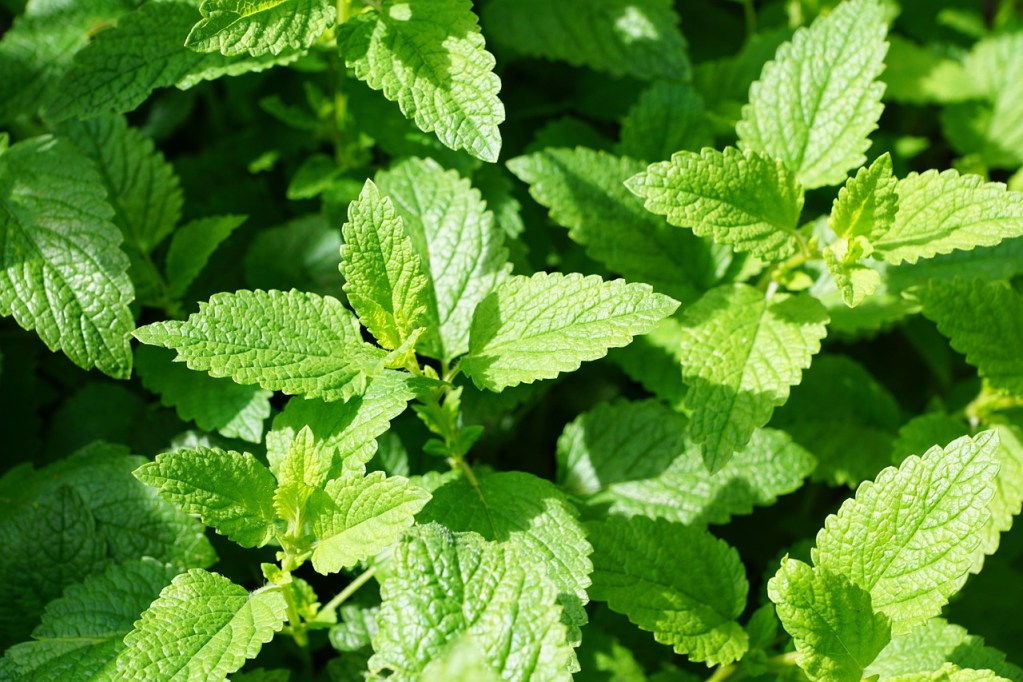
Basic mint care
Mint is a sturdy, hardy plant, and it is remarkably easy to care for. It is so hardy, in fact, that it has a habit of escaping gardens and growing where it shouldn’t! So, a primary part of mint care is keeping it in check and not allowing it to spread. However, this isn’t an issue for indoor mint unless you plan on using it in a combination planter (that is to say, planting it with other plants). In that case, you should usually be fine, but keep an eye on it to make sure it isn’t overtaking the other plants.
Mint loves rich soil, and it needs regular watering. Otherwise, it isn’t terribly picky. It will grow in shade, partial sun, and even full sun. Keep in mind that water evaporates faster in full sun, so your mint will need more frequent watering than it otherwise would.
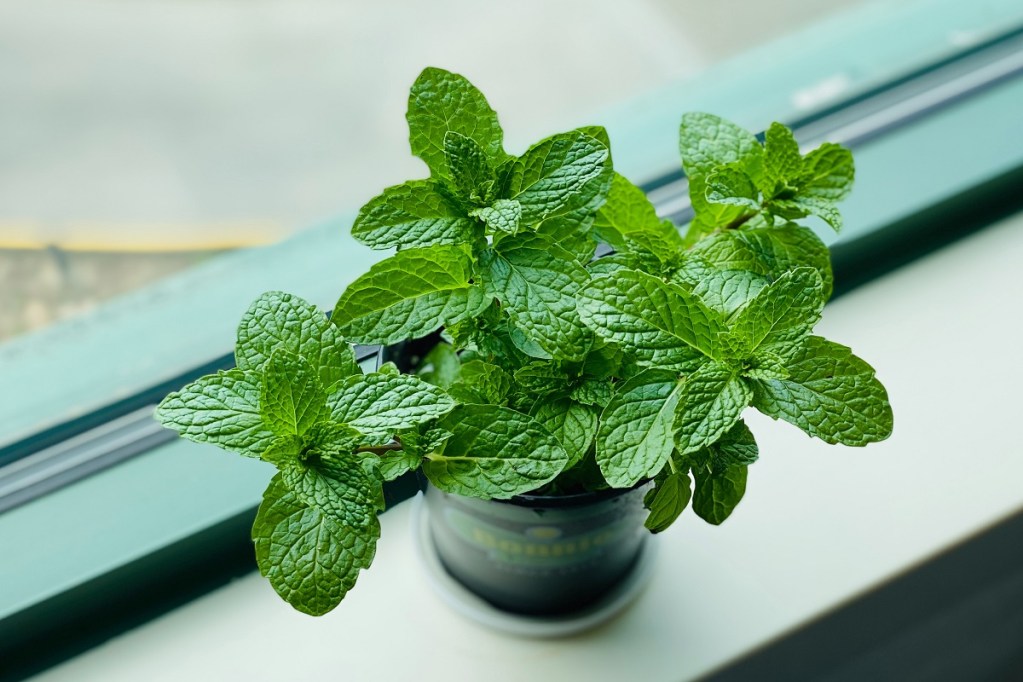
1. Growing potted mint indoors in regular soil
Growing mint indoors in a pot is just as easy as growing it outdoors. Keep in mind that mint will spread, so plant it in a container that you want it to fill. If it’s sharing a container with other plants, you’ll want to keep an extra close eye on it. Watch the other plants and separate them from mint if they begin to wilt.
A sunny window will do nicely for mint, but this plant will most likely do fine anywhere it’s getting a bit of light. On top of regularly watering your mint, make sure the potting soil you use is rich but drains well. Although mint plants like consistent moisture, they don’t do well with soggy soil, so drainage is important. Once your mint has put out a few stems that are several inches long, you can start harvesting the leaves for use.
When growing mint in containers, the plants may grow sideways rather than straight up. This isn’t much of a problem for the plants, but it can be a problem for you. Mint will grow roots from these sideways stems if they’re in contact with soil. While they won’t root into your shelf or countertop, they could root into a neighboring plant’s soil if the pots are close by.

2. Growing mint hydroponically
Some plants struggle to get started when grown hydroponically, but mint is not one of them. Perhaps it isn’t too surprising, given how easy going mint is, but mint grows like a weed even in water.
If you already have a hydroponic planting system set up, you can add mint to it without issue. If you don’t, then one can be set up fairly simply. There are different ways you can set up your system, but the basics are a container, the plant, and a growing medium to keep your plant weighted down. There are different growing mediums made specifically for hydroponic growing, but the most common ones include coconut coir, perlite, vermiculite, and lightweight, expanded clay aggregate.
You can keep your mint by a sunny window or get a grow light, but hydroponic mint doesn’t require more light than potted mint. When it comes to nutrients, there are solutions specifically for hydroponic gardens. Once again, the hardiness of mint will save you a bit of trouble! It doesn’t need a special mixture, so most solutions will do. Just avoid solutions with high nitrogen, and be sure to carefully read the instructions that come with them.

3. Growing mint from seeds and cuttings
Growing mint from seeds, as with all other methods of growing mint, is very easy. It takes only a week and a half to two weeks. Simply put the seeds in your soil, water them, and leave them by a sunny window. Mint can also be grown through propagation. The easiest way to do this is by propagating cuttings in water. Simply cut a stem or two from your mint plant and put them in clean water. Once they have produced thick roots, they are ready to transfer into soil.

How can you use mint?
Having one healthy mint plant can open up your kitchen to a world of possibilities. Mint is an incredibly versatile herb in cooking thanks to its cool, slightly sweet flavor. It can be added to soups, salads, and pastas for a beautiful and refreshing garnish, but it can also be a key player in recipes such as spring rolls. When it comes to drinks, you can steep fresh leaves for tea or add a sprig on top of your favorite cocktails or mocktails. If you can’t use your mint up right away, you can even turn it into sauces, syrups, and jellies, which can be used in both savory and sweet dishes.
You’re now fully prepared to grow your own mint. You can have the freshest mint, grown in whichever way works best for you. You can even experiment and try out different methods! At the end of the day, you can’t go wrong with any method since mint is very easy to grow.

